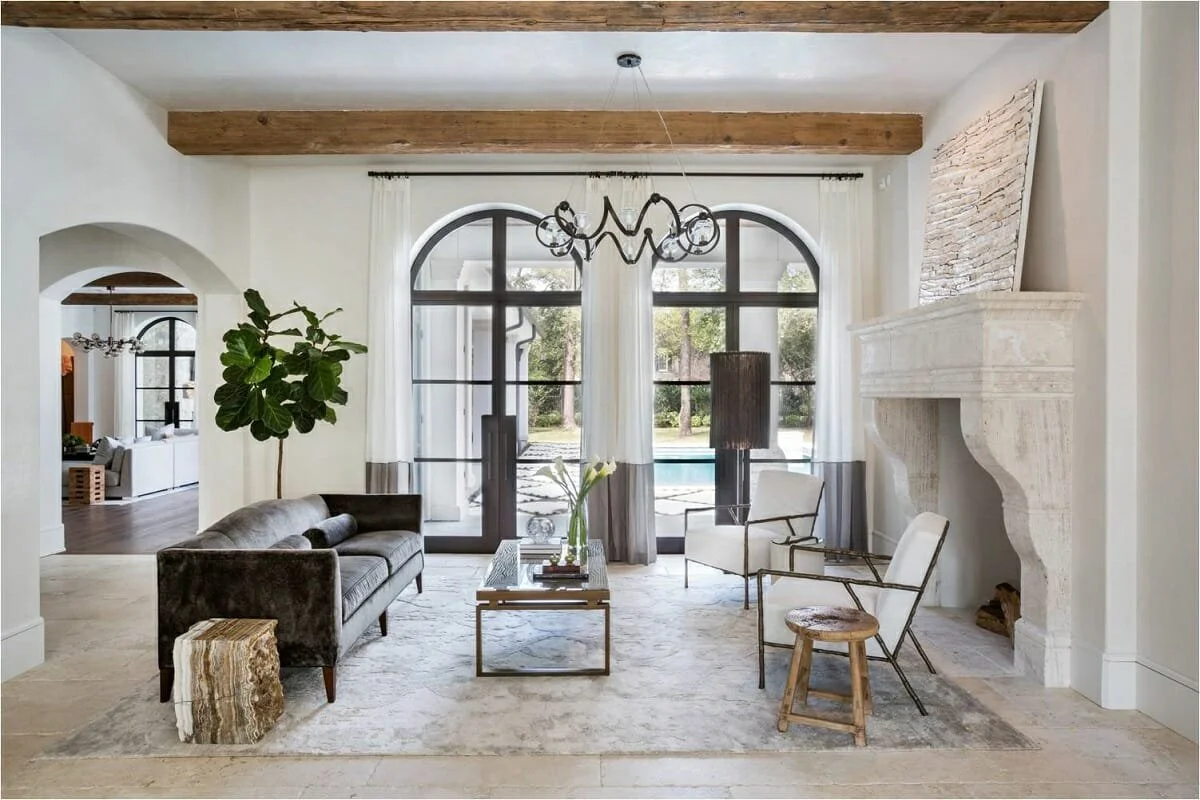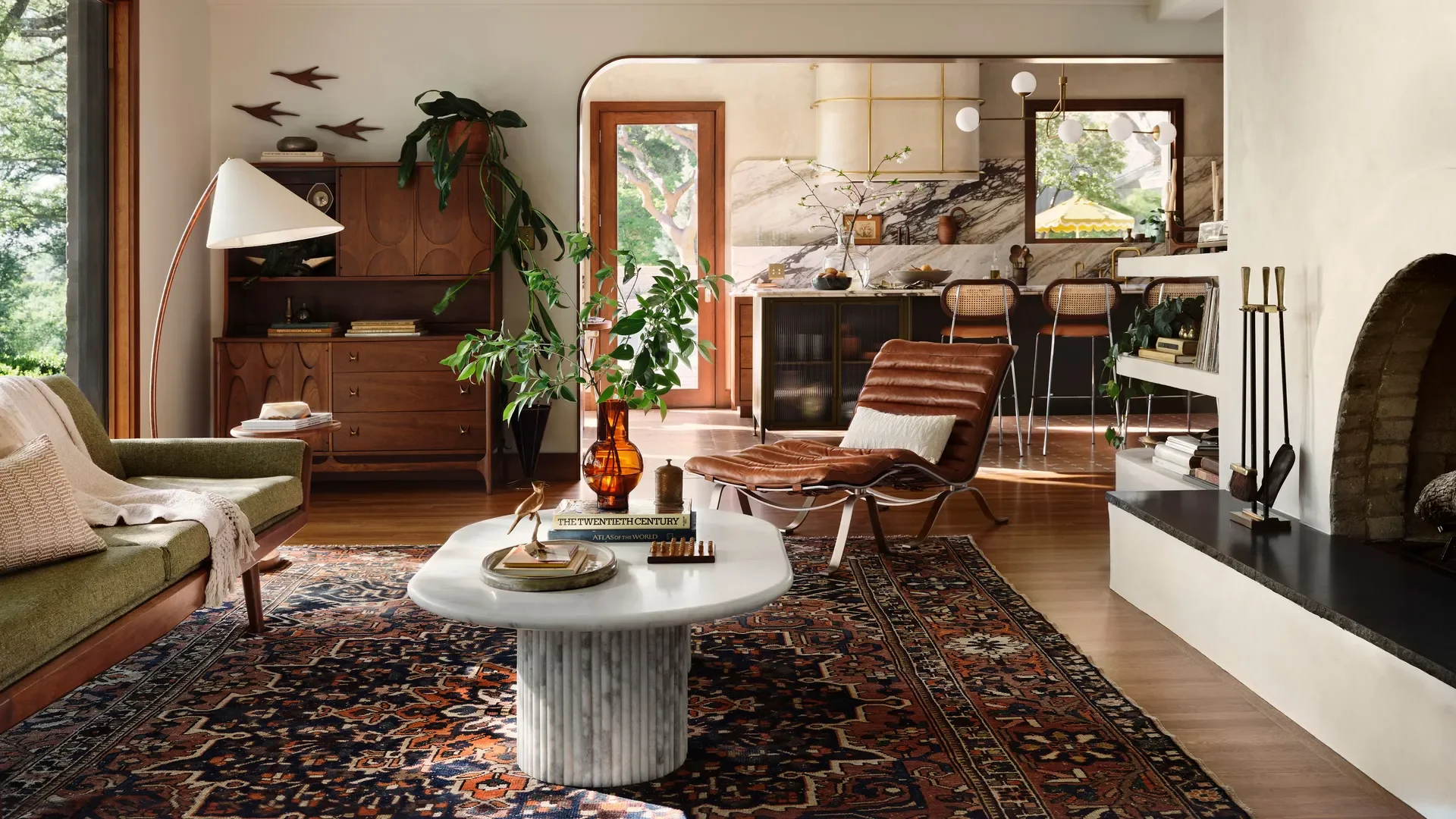Finding Your Design Style Before You Renovate: How to Choose (and Stick To) a Look That Lasts
When planning a renovation, one of the most common mistakes homeowners make is diving into selections without first defining their design style. The result? A mix of finishes that don’t quite work together, spaces that feel disjointed, and costly changes down the road. The truth is, your renovation will look more polished, timeless, and valuable when you start with a clear vision of style and carry it through every detail.
In this guide, I’ll walk you through how to discover your design style, how to stay consistent with it throughout your renovation, and I’ll also break down some of the most popular styles we’re seeing in today’s homes.
Step One: Discover Your Personal Style
Before looking at product samples or paint decks, spend some time getting inspired:
Collect visuals: Use Pinterest, Instagram, or design magazines to gather images you’re drawn to. Don’t overthink it — just save what you love.
Look for patterns: Do you keep pinning airy white kitchens? Dark moody bedrooms? Organic textures? These repeats are clues to your true style.
Choose keywords: Narrow it down to 3–4 descriptive words (e.g., “modern, warm, minimal” or “natural, cozy, timeless”). These will become your compass when making selections.
Source: Decorilla
Step Two: Understand Popular Design Styles
Knowing what’s trending (and why) helps you narrow down your look. Here are a few styles that are popular right now — and timeless enough to stick around:
Modern Farmhouse: Bright, open spaces with white walls, black accents, wood beams, shiplap, and rustic-meets-modern finishes.
Transitional: A balanced blend of traditional details (like mouldings and classic furniture) with modern elements. Perfect if you love timelessness with a fresh twist.
Scandinavian: Minimalist, light-filled spaces with pale woods, simple lines, and an emphasis on function and coziness (think “hygge”).
Modern Organic: Neutral palettes, layered textures, natural woods, stone, and greenery. It’s all about calm and grounded living.
Mid-Century Modern: Clean lines, bold shapes, warm woods, and retro-inspired furniture that still feels current.
Industrial: Exposed brick, metal, and raw textures paired with modern touches for an urban vibe.
Traditional Elegance: Symmetry, rich colours, ornate details, and timeless sophistication — ideal for those who want a more classic, curated look.
Source: Home & Garden
Step Three: Translate Style Into Selections
Once you’ve identified your style, it’s time to bring it into reality:
Floors & Walls: Start with your base materials — flooring and paint should reflect your style foundation.
Cabinetry & Tile: Choose pieces that align with your vision and keywords. For example, “organic” might mean a textured tile or white oak cabinetry.
Hardware & Fixtures: These finishing touches (matte black, brass, chrome, or natural bronze) can make or break the style consistency.
Lighting: Don’t overlook it — fixtures are often where style shines the brightest.
Source: The Boutique Handle Co
Step Four: Stick to the Plan
Renovations bring endless choices, and it’s easy to get sidetracked. Stay consistent by:
Referencing your keywords and inspiration boards before saying yes to a product.
Creating a master palette with samples of all finishes together — this way, you see how each choice interacts.
Working with a designer who can guide you through options and keep your vision on track.
The Takeaway
A beautiful renovation doesn’t happen by accident — it happens by intention. By identifying your design style before you begin, you create a roadmap that makes every decision easier, keeps your budget focused, and ensures your home feels cohesive and timeless. Whether you lean farmhouse, modern, or somewhere in between, the goal is the same: a home that reflects you and feels just as good as it looks.


